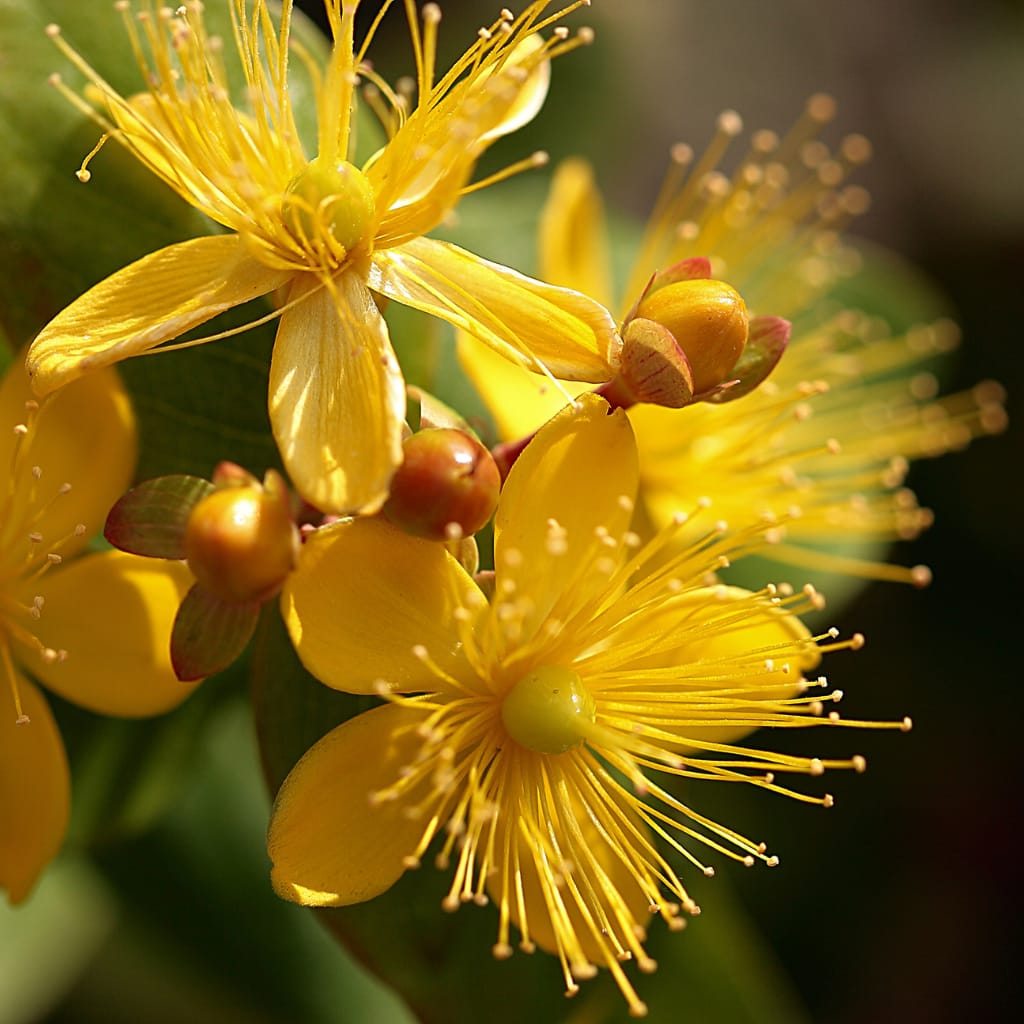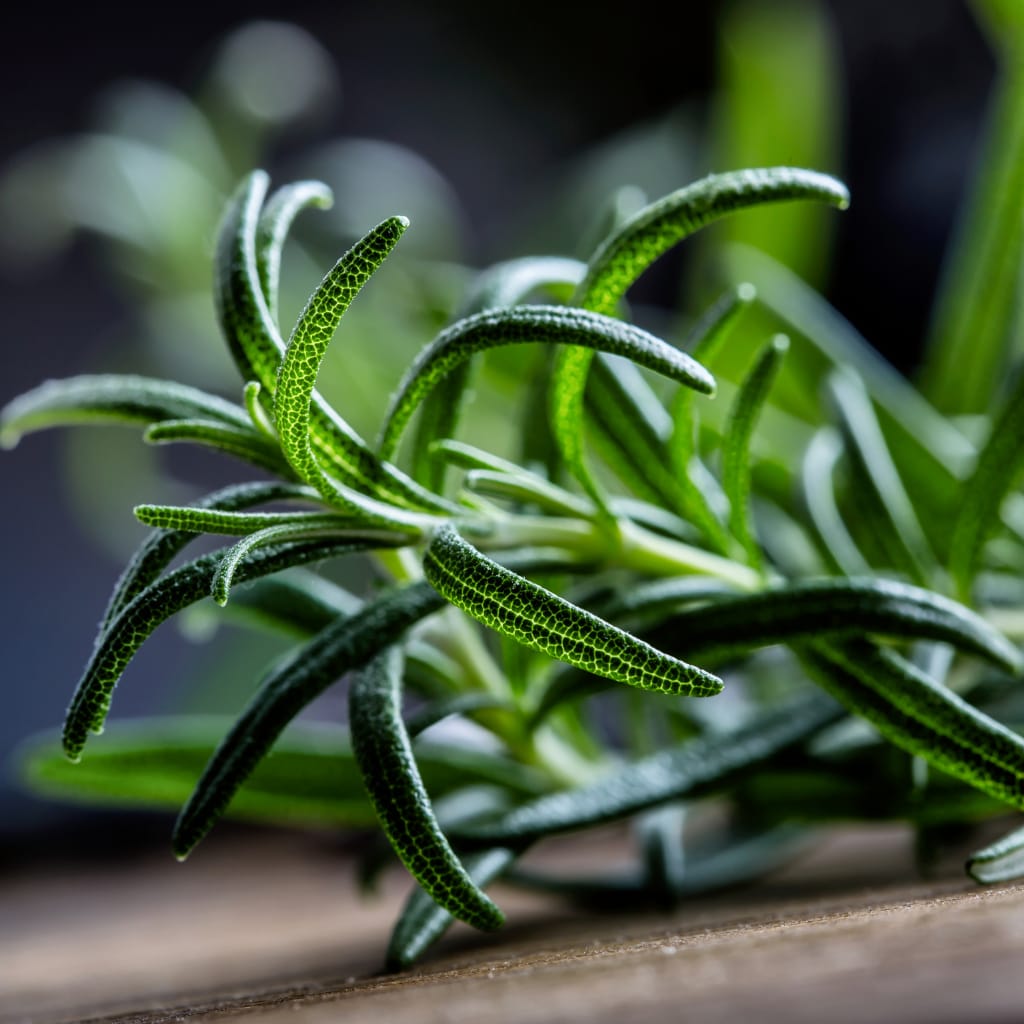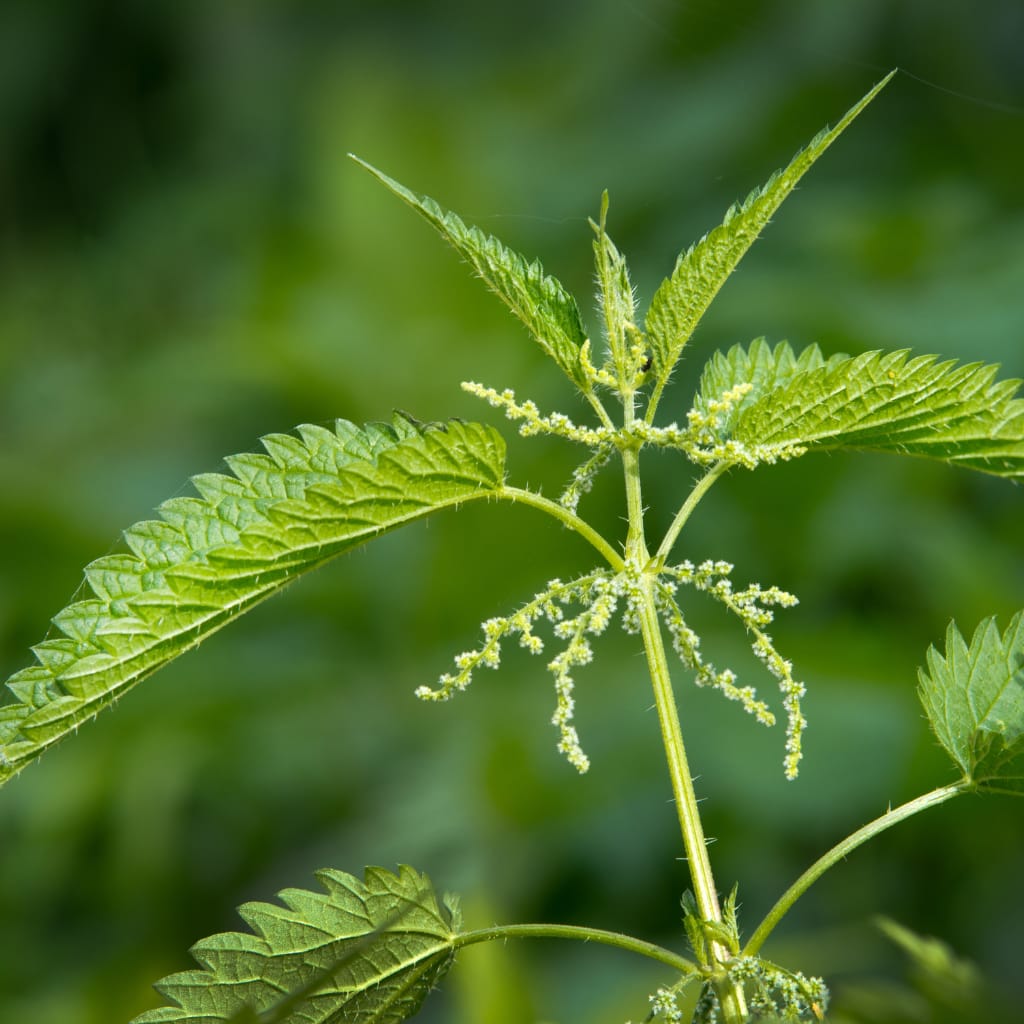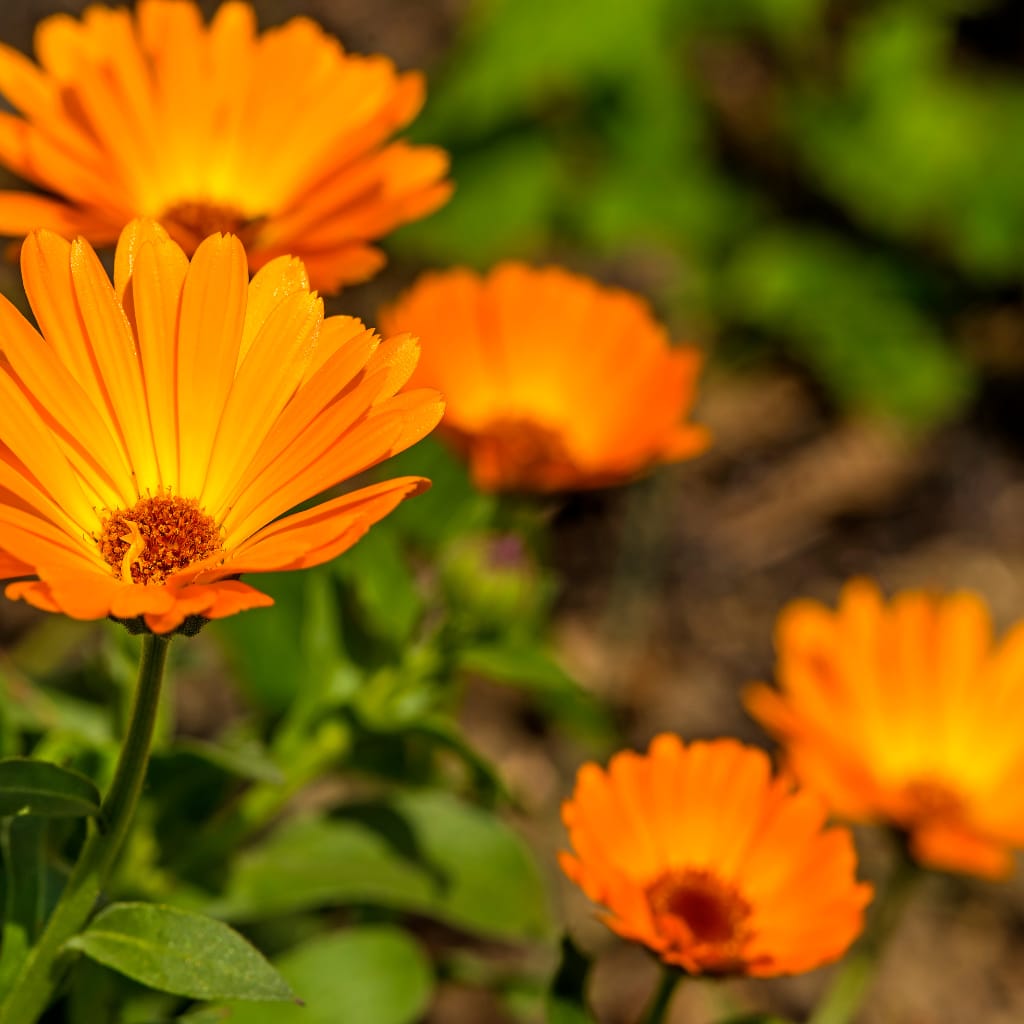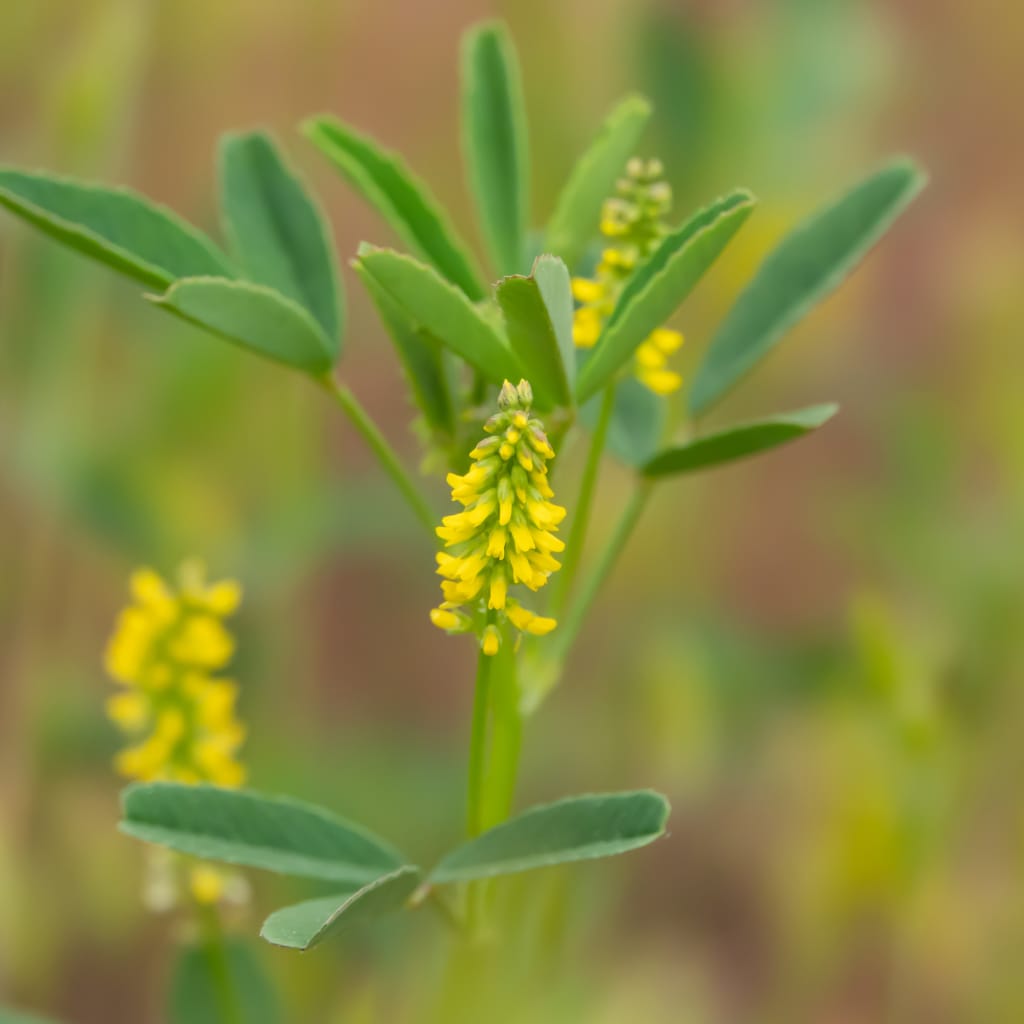Purple Coneflower (Echinacea purpurea) has been found to have anti-inflammatory, antiviral, antifungal, antiseptic, and bactericidal properties. It has been used in traditional medicine to treat herpes, psoriasis, eczema and other skin diseases, as well as to promote skin regeneration after burns, wounds, and other superficial injuries.
